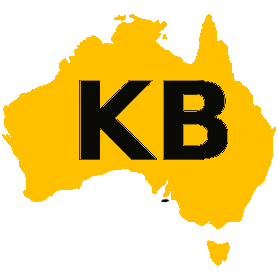Emulsion is bitumen that has been mixed with petroleum solvents to form "cutbacks" with reduced melting point, or mixed with water to turn the asphalt/bitumen into an emulsion. Bitumen emulsions consist of particles of bitumen dispersed in water by using emulsifying agent.
When the emulsion breaks, it represents a change from a liquid to a coherent film with bitumen particles coagulating together. The sign of breaking is the change of colour from brown to black as the colour of emulsion and bitumen is brown and black respectively.
There are two main types of emulsions with different affinity for aggregates; cationic (positively charged) and anionic (negatively charged). The breaking of anionic emulsions is dependent on the evaporation of water from bitumen emulsion. As such, it poses difficulty in wet weather condition. However, for cationic emulsions, instead of relying on the evaporation of water, the breaking is achieved by chemical coagulation. Hence, cationic emulsions are particularly useful in wet weather conditions.
